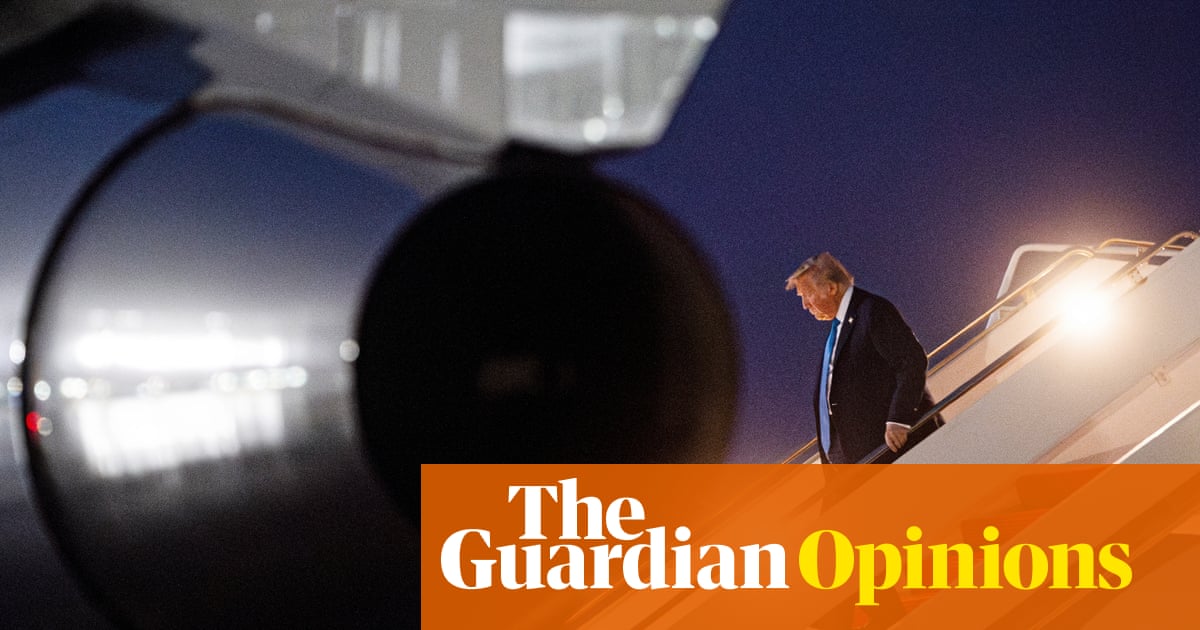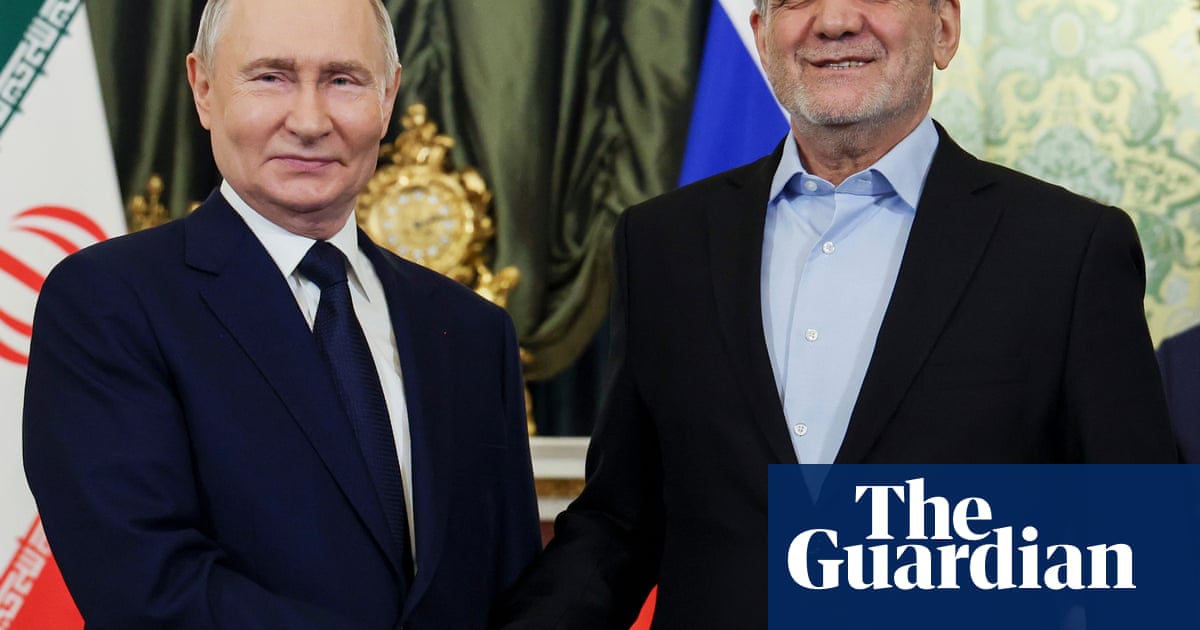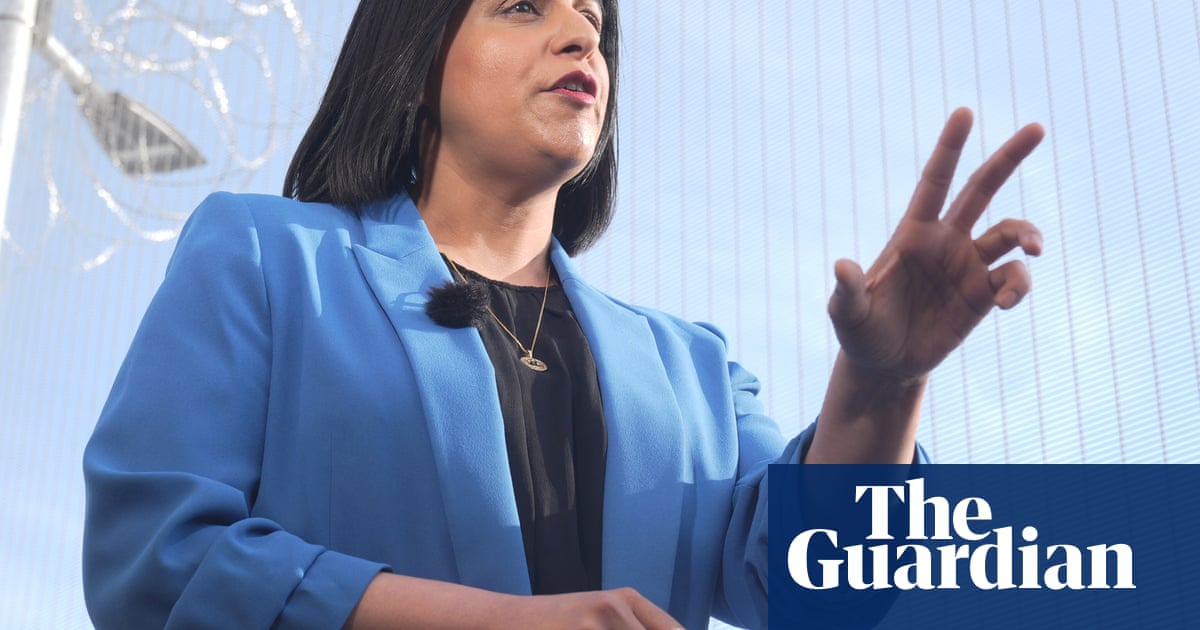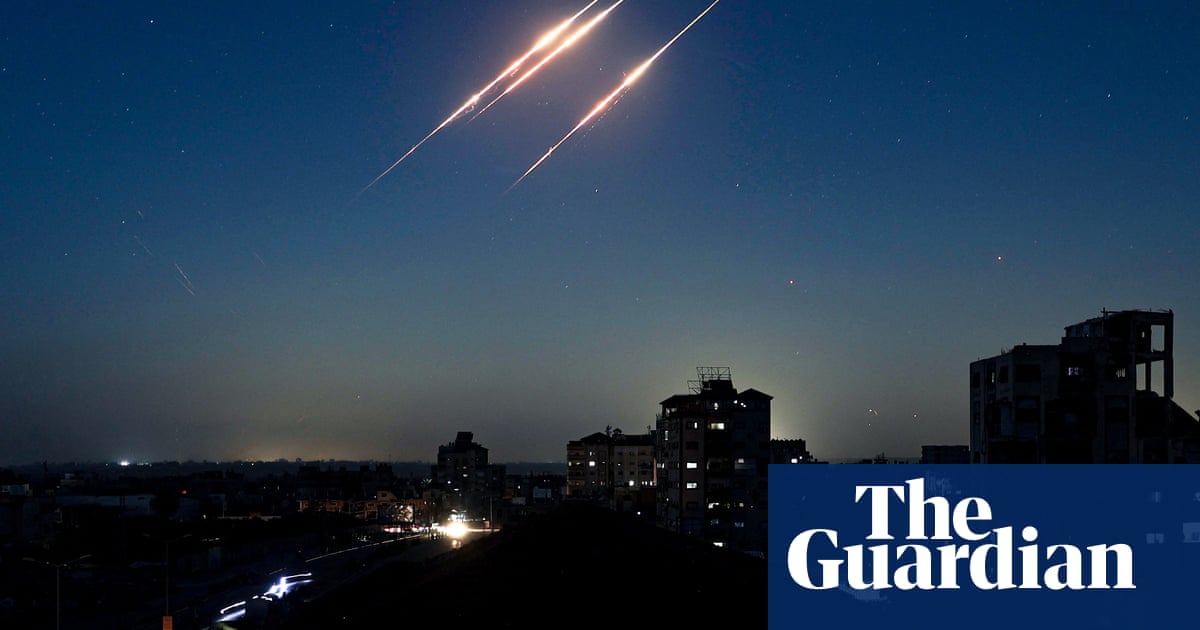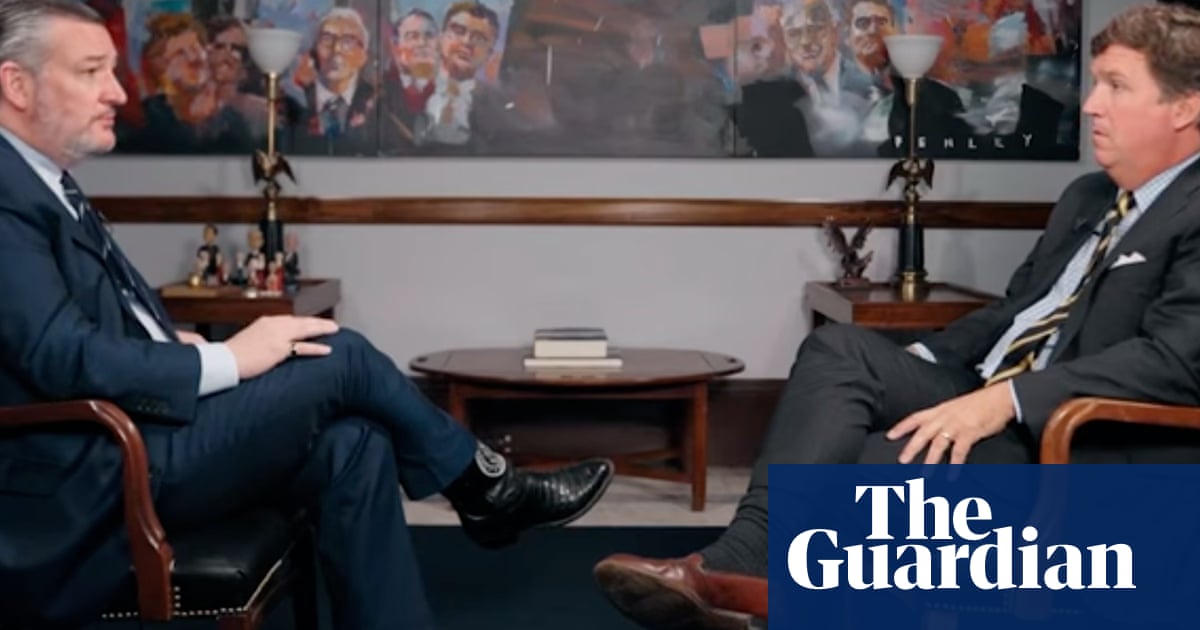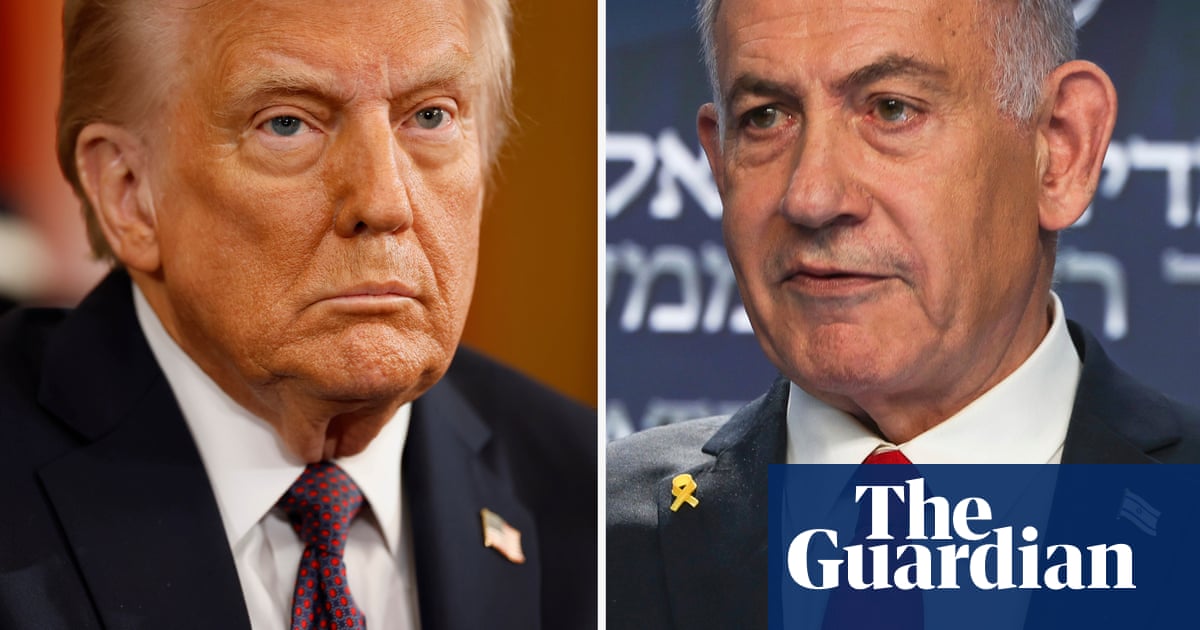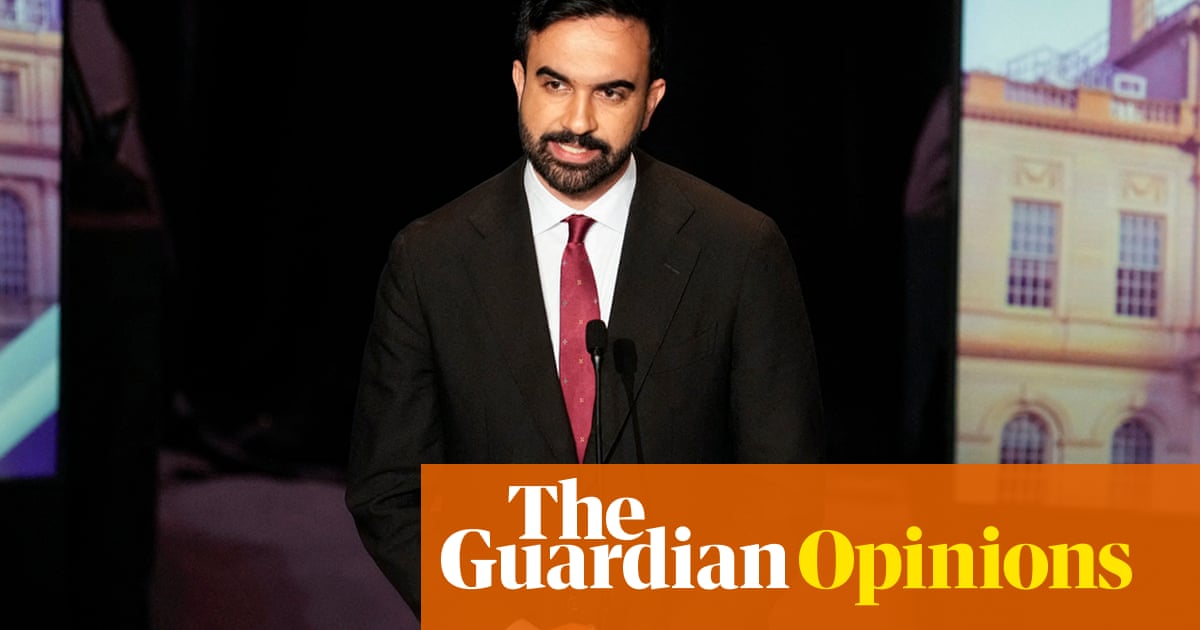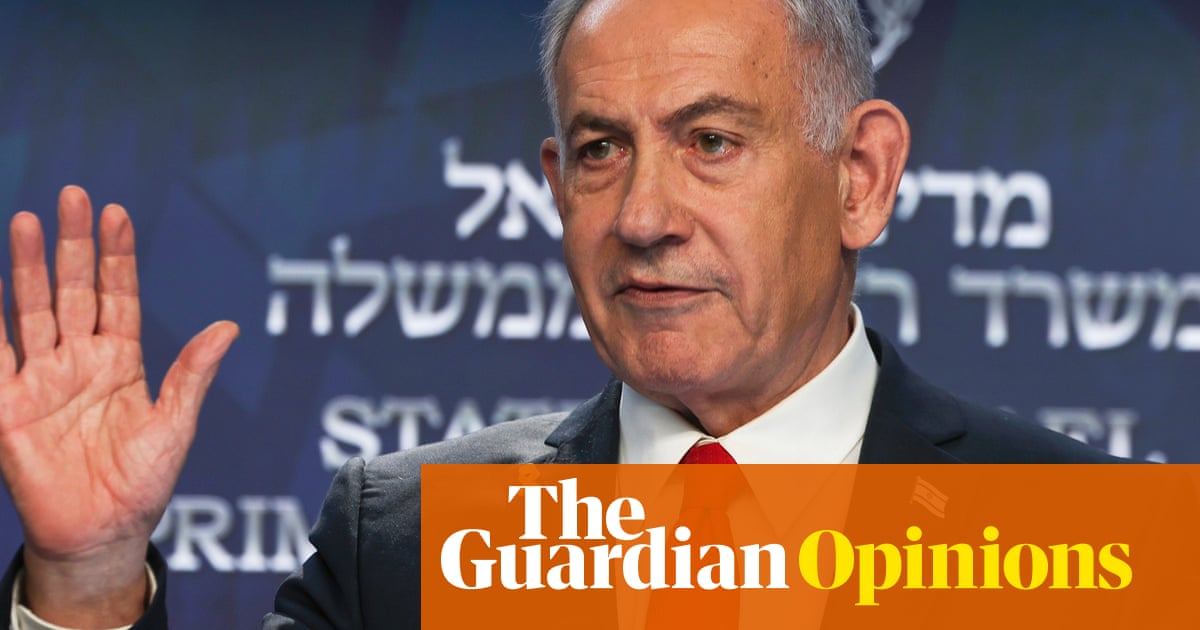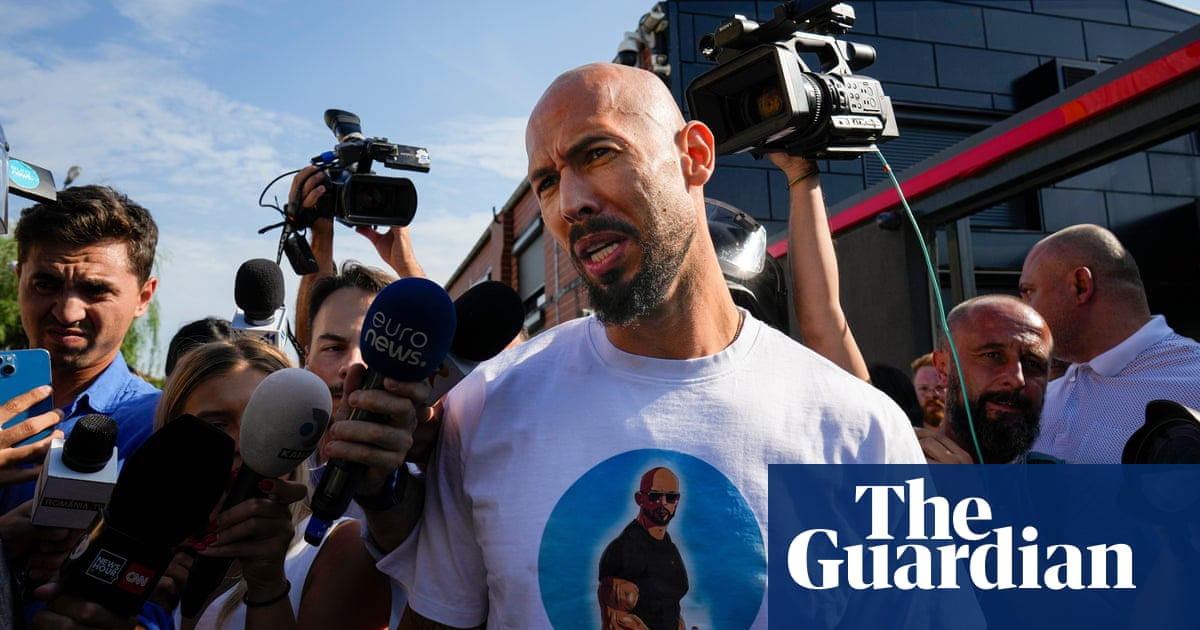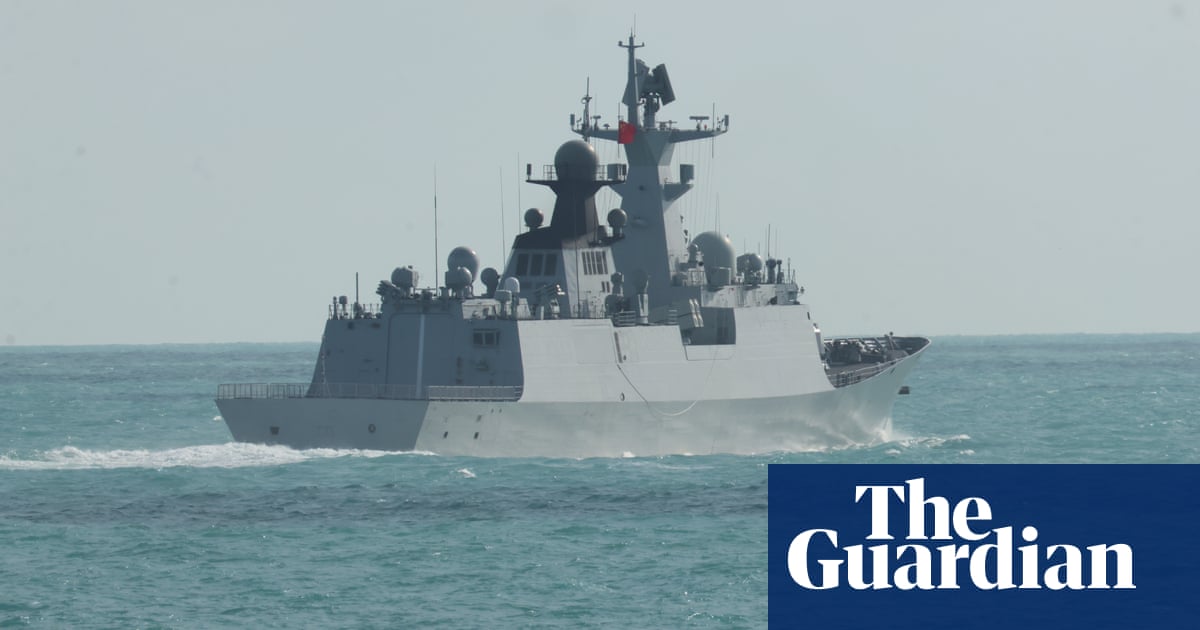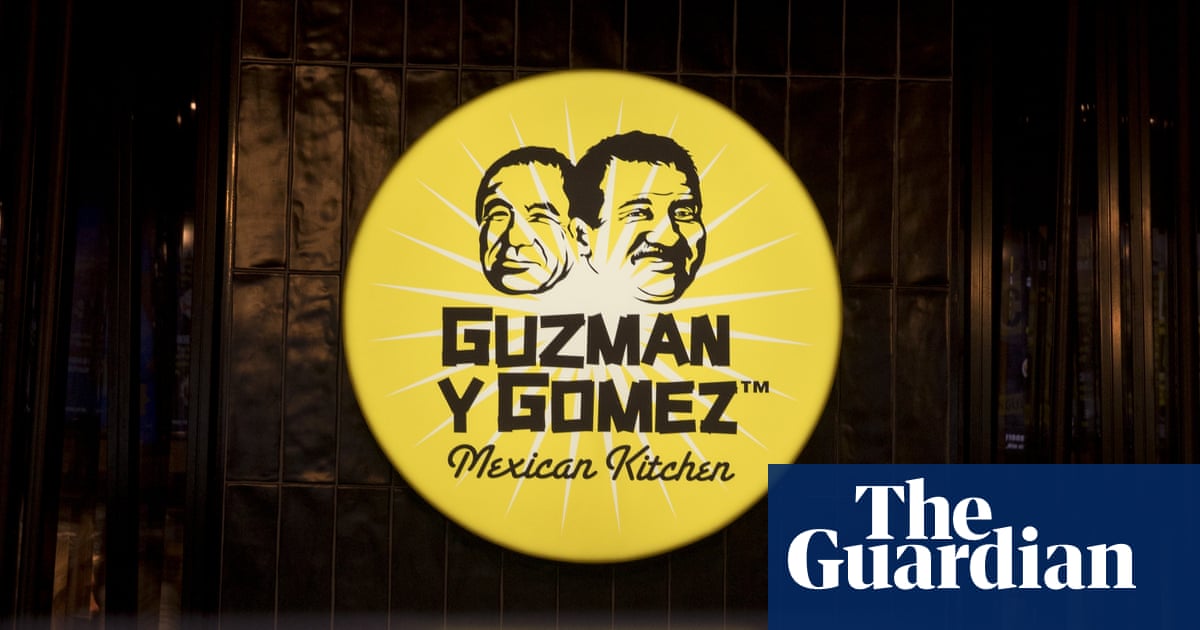Despite Russia’s occupation of its territory, missile attacks on its infrastructure and the enormous human costs of the war, Ukraine’s economy has been impressively resilient. Its effective military resistance against a much stronger adversary is in fact underpinned by this successful economic management. Rather than face institutional sclerosis or even collapse, Ukraine’s state capacity has been strengthened by the conflict. Through a combination of tax revenue collection and substantial networks of voluntary fundraising, the state has dramatically increased the size of its armed forces, invested in defence production and maintained a decent level of public infrastructure.
State spending on soldiers’ wages, infrastructure and logistics – including public sector procurement from private firms – has had a positive knock-on effect, supporting demand in the civilian market economy. Soldiers on the frontline earn well above the national average wage. An innovative military industrial complex, combining traditional state-owned enterprises with an ecosystem of drone startups, has been developed. These policies have stabilised the Ukrainian economy and directed it to the goal of the country’s basic survival.
But while Ukraine must be credited with these successes, it still lacks the resources domestically to meet the enormous costs of the war. External financial support has been vital to keeping the country afloat. Its wartime resilience is in this sense built on a contradiction: state capacity has grown considerably, but it has done so through a fundamental dependence on foreign financial assistance. Ukraine records a negative gross domestic savings rate, for example – an indicator of an economy that is consuming (including military spending) more each year than its annual economic output. This is made possible thanks to financial aid from Ukraine’s allies.
As I argue in my recent report, Russo-Ukrainian War: The Political Economy of the Present Balance of Forces, despite this dependency, Ukraine has made the best of the situation, and Russia’s economic position is less strong than it is often portrayed.
Russia’s economy is often seen as the success story of the all-out war – and it certainly defied expectations that it would descend into crisis under the effects of western sanctions. But this apparent strength disguises its fundamental dependency – not on its allies, but on fossil fuels. With oil and gas accounting for 30% to 50% of Russia’s government revenues over the past decade, and generating profits that sustain much of the rest of the economy, Russia is fundamentally a petrostate.
In 2022, the global oil price spike helped Russia stabilise its economy. But with demand for oil now falling, its room for manoeuvre on the home front has narrowed. The trade-offs between the war and civilian economies will now become harder to manage.
Longer-term supply and demand trends in global oil markets also pose a critical problem for Russia. The International Energy Agency predicts that over the next five years, the world will face an unprecedented supply glut, upending the price-setting power of petrostates and weakening the Russian economy.
Unlike Ukraine, which has secured foreign financial assistance until 2027 in the form of aid and loans, Russia is running down liquid assets in its national wealth fund to finance its military. As the war persists, problems are developing in the Russian economy: a falling current-account surplus, rising inflation, high interest rates and a banking system put under strain by these growing contradictions. Ukraine’s inflation-adjusted central bank rate is now actually far lower than Russia’s, putting it in the peculiar position of being the country where the war is being fought, while also having a more stable monetary and banking system.
On paper, Ukraine appears to be in the stronger economic position. But the recent minerals agreement with the United States complicates that assessment, offering a stark reminder of the country’s basic dependency on its allies.
The deal creates a joint investment fund to access Ukraine’s mineral wealth, but on terms that are advantageous to the US. Ukraine will contribute half of all revenues from new mineral licences to capitalise the fund, without any equivalent obligation for the US to match these contributions. Yet, despite this inequity, Washington retains 50% control over decision-making. The deal even envisages that US military aid would be considered as a form of capitalisation of the fund, potentially giving the US a legal claim on future profits without having contributed any investment capital.
The deal has been widely seen as a victory for Ukraine, owing to how earlier iterations contained far more onerous terms. In a win for Kyiv, those proposals have been dropped. But the final agreement still bears the marks of the raw colonialism of the original vision.
From a commercial standpoint, the deal may not even work. Mineral extraction is notoriously high-risk and capital-intensive. Potential investors in projects created under the auspices of the fund will have to weigh up the political risks. A future Ukrainian government might repudiate the framework altogether – especially if the EU makes a better offer. Given that investments are already risky in Ukraine and some of the country’s mineral assets are under occupation, there is widespread scepticism that the fund will amount to much in practice.
This may well help explain why Ukraine chose to sign the agreement: it has a primarily symbolic value, anchoring the US back in the camp of Ukraine supporters. Ukrainian officials point to the concessions they won: that the US formally recognises Russia as the aggressor in the war; has agreed to negotiate future changes required to make the fund compatible with Ukraine’s EU obligations if it were to join the bloc in the future in “good faith”; and acknowledges that the Ukrainian constitution explicitly places mineral assets in the hands of the Ukrainian people. Importantly, then, the deal could be rewritten if the EU demands it.
Still, the narrative matters. The minerals agreement is a grim formalisation of the Trump administration’s view of international relations as coercive bullying, or what it calls “great power competition”. A country fighting for its democracy and sovereignty should not have to trade away its strategic resources. But the deal is about Ukraine playing for time and maintaining some level of US support for its war of self-defence. With Russia’s war machine facing the ticking clock of oil price declines, time might even be on Ukraine’s side.
-
Luke Cooper is an associate professorial research fellow in international relations at LSE Ideas, the in-house foreign policy thinktank of the London School of Economics and Political Science, and the director of PeaceRep’s Ukraine programme

 1 month ago
36
1 month ago
36

